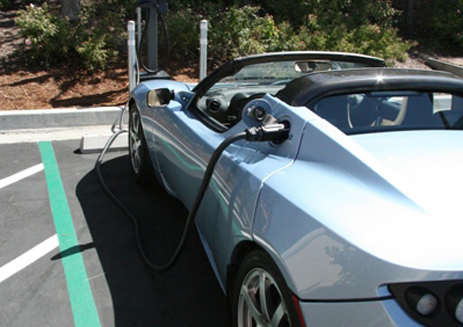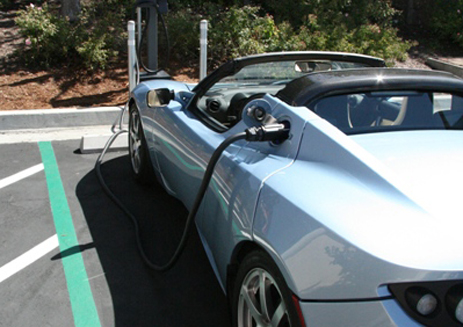 As world leaders meet in Copenhagen to seek consensus on ways to reduce carbon emissions, the world’s automakers are on the doorstep of a revolutionary change in how the vehicles we all depend on are designed and powered. From batteries, to plug-in hybrids, to next generation biofuels, clean diesels and hydrogen powered autos, to dramatic improvements in old combustion technology, automakers are doing more than any other industry to bring the change needed to avoid a potential climate crisis — and they do so willingly.
As world leaders meet in Copenhagen to seek consensus on ways to reduce carbon emissions, the world’s automakers are on the doorstep of a revolutionary change in how the vehicles we all depend on are designed and powered. From batteries, to plug-in hybrids, to next generation biofuels, clean diesels and hydrogen powered autos, to dramatic improvements in old combustion technology, automakers are doing more than any other industry to bring the change needed to avoid a potential climate crisis — and they do so willingly.
More so now than ever, automakers realize that reducing the automobile’s dependence on fossil fuels is a necessity for creating a sustainable business. But make no mistake; the path forward will be challenging.
In order for carbon reductions to be obtained equitably worldwide, a comprehensive program engaging all sectors of the world economy is required. From agriculture to utilities to manufacturing to transport to households; all have roles to play. And while automakers are an integral part of society, they are only one piece of the puzzle. As such, the transportation sector must be firmly embedded in an economy- wide carbon-reduction plan and must work to speed “decarbonisation” through an integrated approach linking technology, energy, government and consumers.
This new worldwide, integrated approach to reducing our dependence on fossil fuels will present novel challenges. China is now the largest market for automobiles in the world, and while the U.S. is still the second largest market, countries such as India, Russia, and Mexico are emerging as ever-powerful influences. Whatever agreements result from discussions at Copenhagen and in the future, it is clear that countries are important players.
A hodgepodge of worldwide regulations would spell doom for the automakers’ green efforts before they even really take hold. In an example of exactly the kind of cooperation necessary, President Obama and Chinese President Hu Jintao recently signed several agreements, including the development of standards for electric car charging infrastructure, battery testing, and plug design. Yet, although groundbreaking, these agreements between two countries are only a small example of the kind of cooperation needed.
Automakers support establishing aggressive yet achieveable emissions, however reaching these goals will require all stakeholders — including manufacturers, all levels of government, NGOs, energy providers, consumers, and the research and financial communities — to work together in harmony, with equitable and clear definitions of roles and responsibilities for each sector.
It is only in this way that the world can meet the challenges of reducing carbon emissions while maintaining a healthy economy and populace. Meanwhile, for automakers to reach aggressive new standards in the U.S., we will need consumers to buy our energy-efficient technologies in large volumes … so spread the word. If you are considering a new vehicle, take a look at new technologies on sale today.
Spread the news on what the føck is going on in Copenhagen with friends via email, Facebook, Twitter, or smoke signals.





